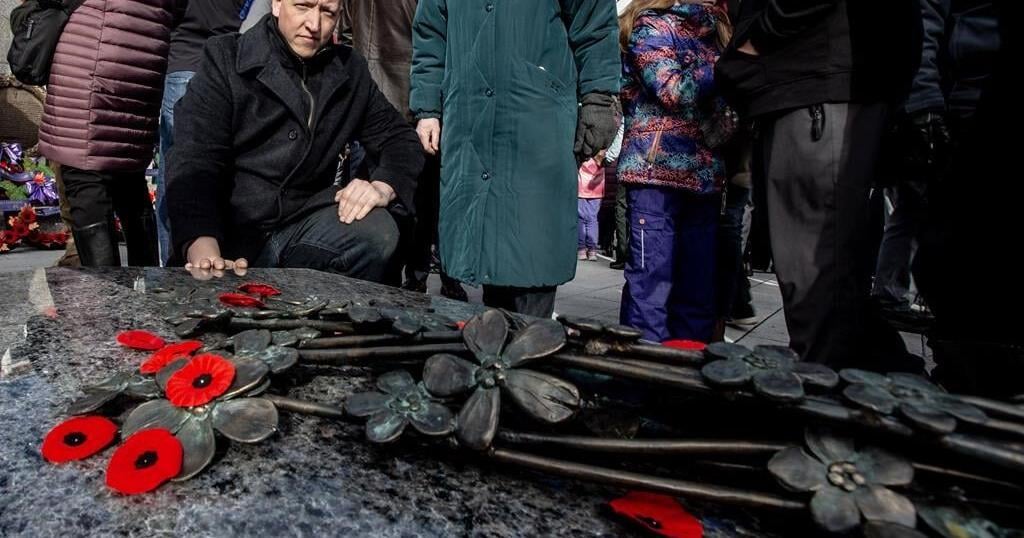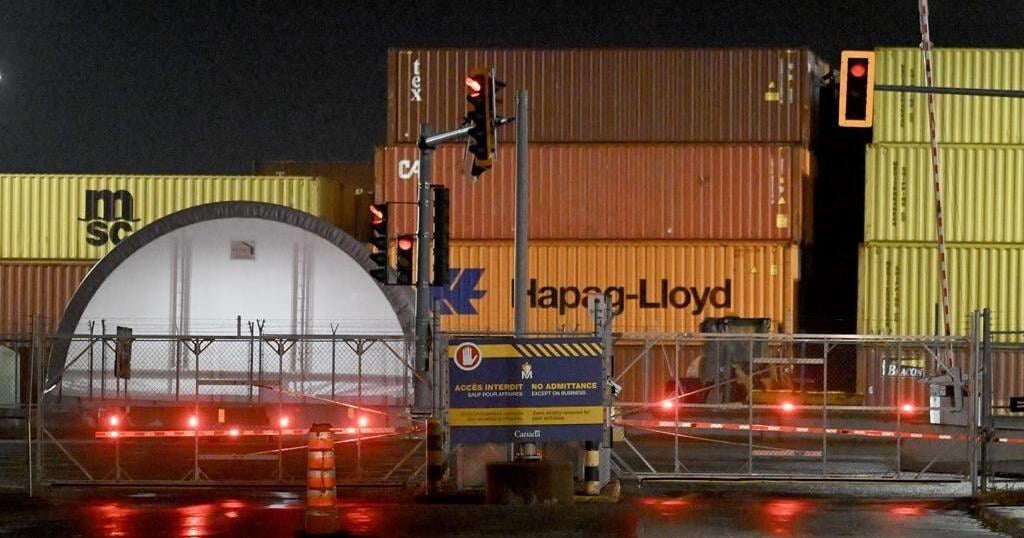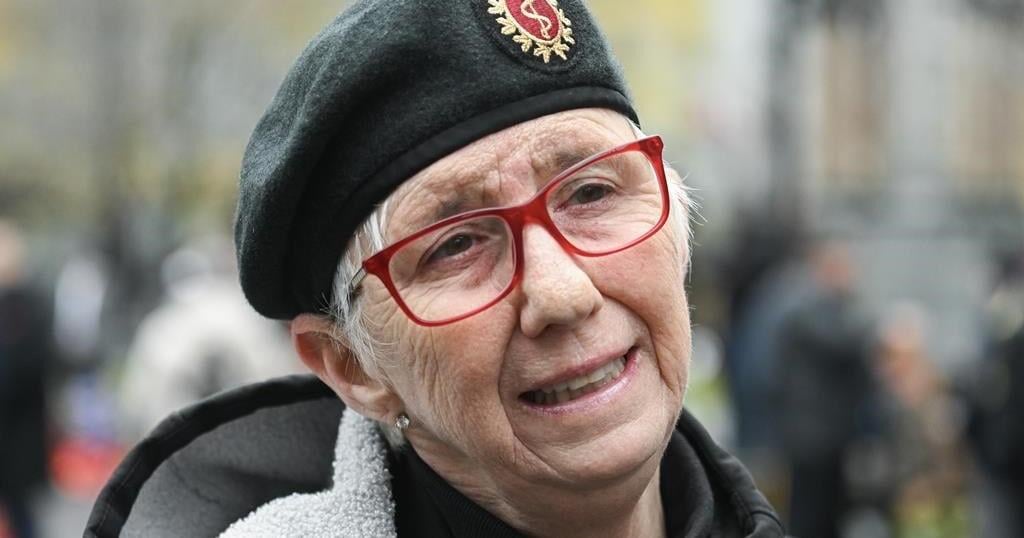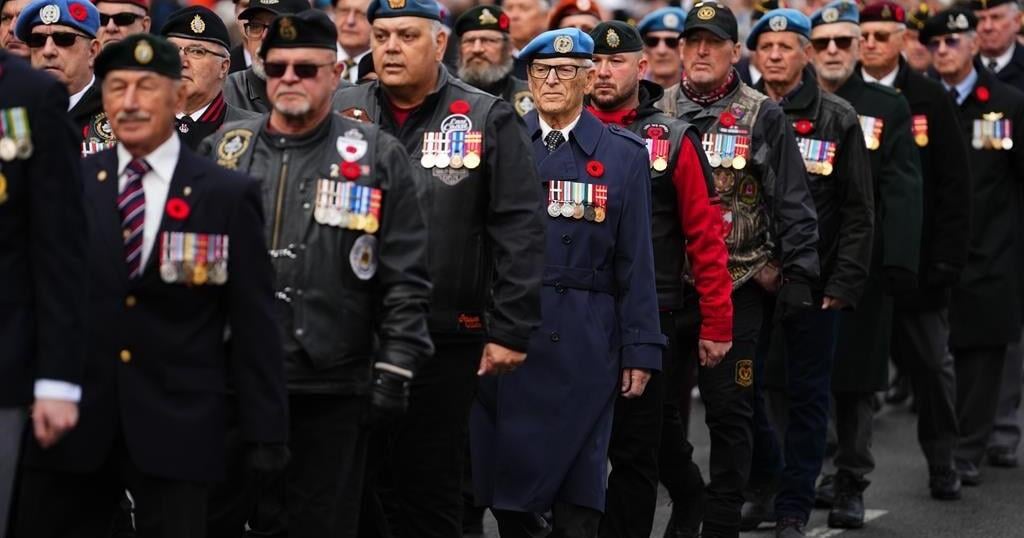ST. JOHN’S, N.L. – Hundreds lined the streets at the National War Memorial in downtown St. John’s on Monday, bowing their heads as a cannon blast signalled the start of two minutes of silence to honour the country’s departed veterans.
David Moore was in awe at the sheer size of the crowd. His father fought in the Second World War with the 166th Newfoundland Field Regiment and later in the Korean War, and Moore lays a wreath for him every year at the city’s Remembrance Day ceremony.
Moore, 77, said his father never spoke about his time in the military. “And he never went to any of the ceremonies,” he said in an interview. “I tried to talk him into it, but he didn’t go to the legions, and he never, ever mentioned it to any of us … he never even wore his medals.”
Moore wondered if the massive crowd in St. John’s on Monday, and the newly refurbished National War Memorial monument, would have changed the mind of his father, who died of cancer at the age of 60.
The ceremony was the first to take place alongside the tomb of an unknown Newfoundland Regiment soldier who died in battle in France during the First World War and was reinterred at the National War Memorial earlier this year.
Morgan MacDonald, the sculptor who made the bronze forget-me-not flowers decorating the soldier’s tomb, attended Monday’s events in part to honour his great-grandfather, who also fought with the Newfoundland Regiment.
“It’s an incredibly special and moving thing to be entrusted with,” MacDonald said about being asked to create the flowers.” Just to be selected to do that is a very special thing for my family, and my brothers and my parents, just to know that I had that small role to play in this whole ceremony, which is so important to the people of the province.”
In Halifax, a few hundred people gathered around the downtown cenotaph in rain and high winds, many in raincoats or carrying umbrellas. The event began with a ceremonial smudging from Mi’kmaq elder Marlene Companion.
Joanne Geddes, district commander of the Nova Scotia and Nunavut legions, said she was touched that many Nova Scotians braved the stormy weather to pay their respects.
Hearing the bands play and the cannons ring out gave her chills, Geddes said.
“I get goosebumps. I well up. It’s emotional in a good way, in a sad way,” she said. “It just warms the heart to know that people will still come out to honour and pay tribute to those who paid the ultimate sacrifice, and to those that are still serving.”
Remembrance Day events were also held in Charlottetown, in front of Province House, and in Fredericton, at the downtown cenotaph.
In St. John’s, Moore laid a green wreath bearing his father’s name at the foot of the National War Memorial, before its towering bronze statue of a woman holding aloft a flaming torch. He then stood straight, looked up at the statue and raised his hand to his head in a firm salute.
“It’s very important to do this and continue to do it as long as I can,” he said. “Not only for my father … but for all those men and women who served and those who gave their lives. It’s an important day for all of us. I’ve yet to miss one … and I’ll do it as long as I can.”
This report by The Canadian Press was first published Nov. 11, 2024.
— With files from Lyndsay Armstrong in Halifax























